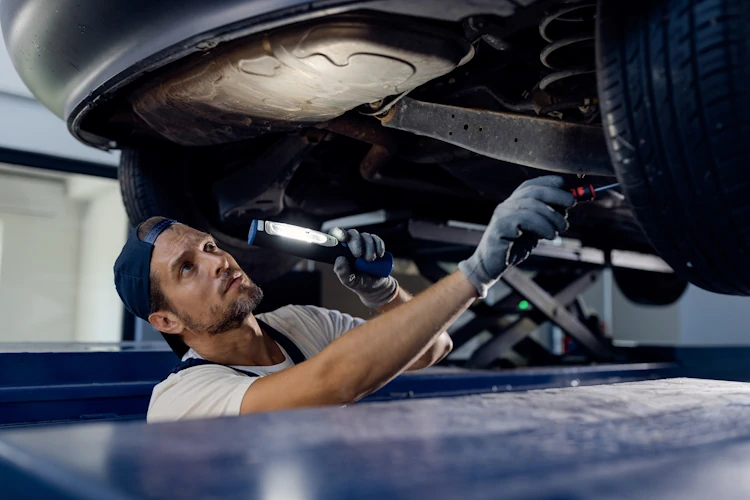Off-roading is not just a hobby; it’s an adventure that demands the best from your vehicle. If you’re passionate about conquering challenging terrains, enhancing your vehicle’s performance and control is crucial. In this guide, we’ll delve into the world of sway bars and how they serve as off-road essentials, elevating your driving experience.
Understanding Sway Bars
Sway bars, also known as anti-roll bars or stabilizer bars, play a pivotal role in a vehicle’s suspension system. They are designed to reduce body roll during cornering, ensuring optimal tire contact with the road or trail. While sway bars are commonly associated with on-road driving, their significance off-road is equally profound.
How Sway Bars Work
Sway bars are typically installed in the front and rear suspension systems of vehicles. They connect the left and right sides of the suspension, acting as a torsional spring. During cornering or uneven terrain, the sway bar transfers force from one side to the other, minimizing body roll and maintaining stability.
Enhancing Performance Off-Road
Reducing Body Roll
Off-road terrains often involve uneven surfaces and challenging angles. Sway bars counteract the tendency of a vehicle to tilt excessively during cornering, ensuring all four wheels stay grounded. This reduction in body roll enhances stability, allowing for more confident navigation through obstacles.
Improving Traction
Maintaining optimal tire contact with the ground is essential for traction off-road. Sway bars contribute to this by preventing excessive weight transfer from one side to the other. This ensures that each tire maintains its grip, even in challenging conditions, providing better traction for overcoming obstacles.

Choosing the Right Sway Bars
Adjustable vs. Non-Adjustable
Sway bars come in both adjustable and non-adjustable varieties. Adjustable sway bars provide the flexibility to fine-tune your vehicle’s suspension based on driving conditions. For off-road enthusiasts, this versatility allows customization for different terrains and preferences.
Material and Build Quality
Investing in high-quality sway bars is crucial for durability and performance. Bars made from materials like heat-treated steel or lightweight alloys offer strength without adding unnecessary weight to your vehicle, making them ideal for off-road applications.
Installation and Maintenance
Professional Installation
While some experienced off-roaders may choose to install sway bars themselves, professional installation ensures proper alignment and torque settings. This is especially important when dealing with adjustable sway bars, as precise adjustments are critical for optimal performance.
Maintenance Tips
Regularly inspect sway bar bushings, links, and mounts for wear and tear. Grease bushings as needed to prevent squeaks or rattles. If you’ve opted for adjustable sway bars, periodically check and readjust them based on your driving conditions and preferences.
Customer Testimonials
Off-road enthusiasts who have integrated sway bars into their vehicles often praise the noticeable difference in stability and control. Real-world experiences from fellow adventurers can offer valuable insights into the impact of sway bars on off-road performance.
Conclusion
As you gear up for your next off-road adventure, don’t overlook the importance of sway bars. These seemingly unassuming components can make a significant difference in your vehicle’s performance and control. Whether conquering rocky trails or navigating through mud, sway bars are the off-road essentials that elevate your driving experience.